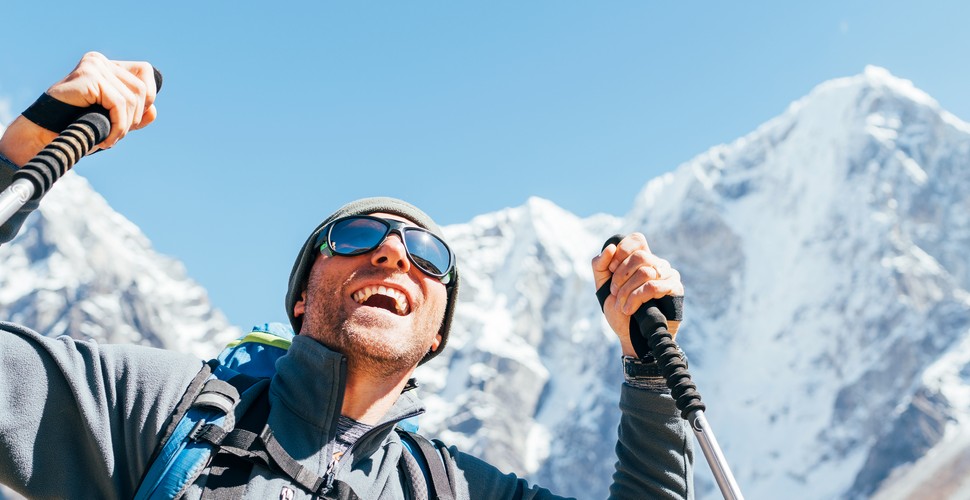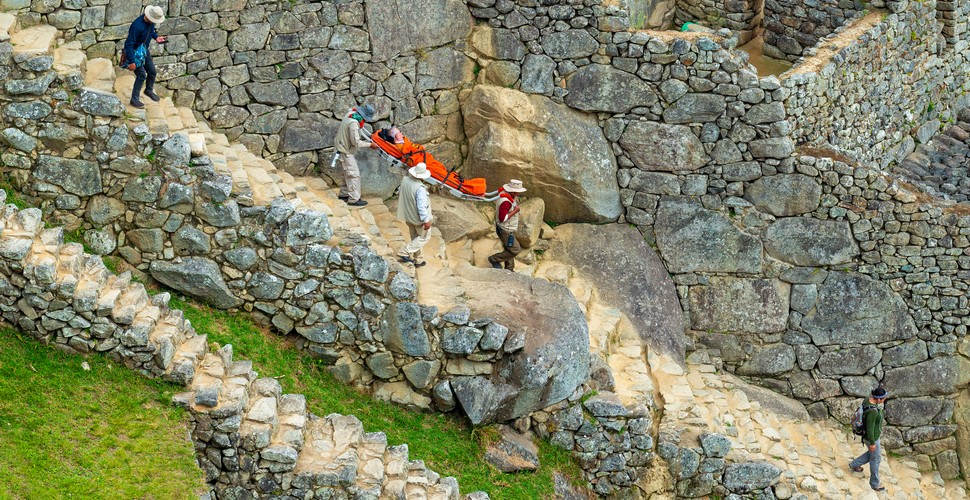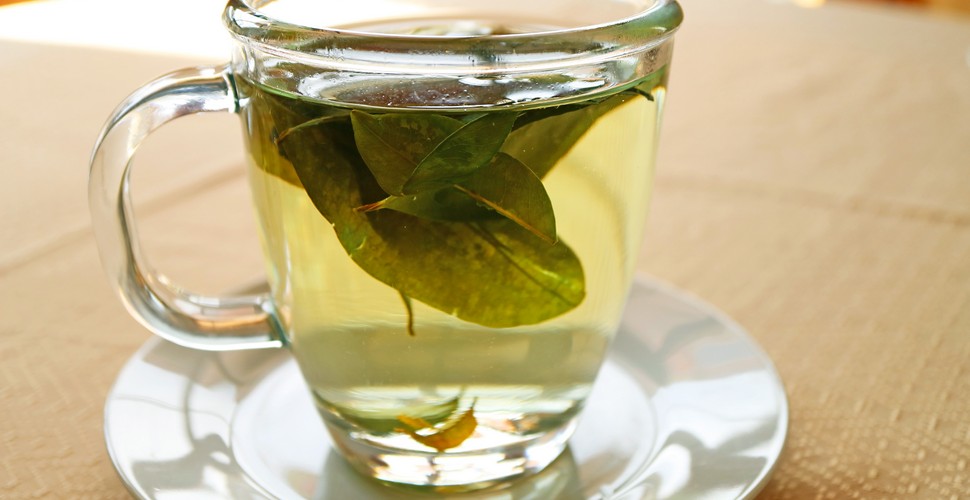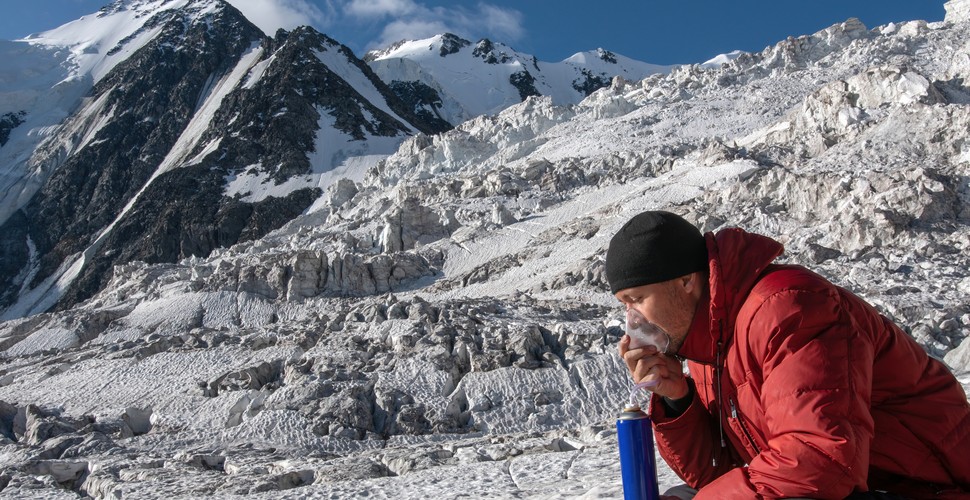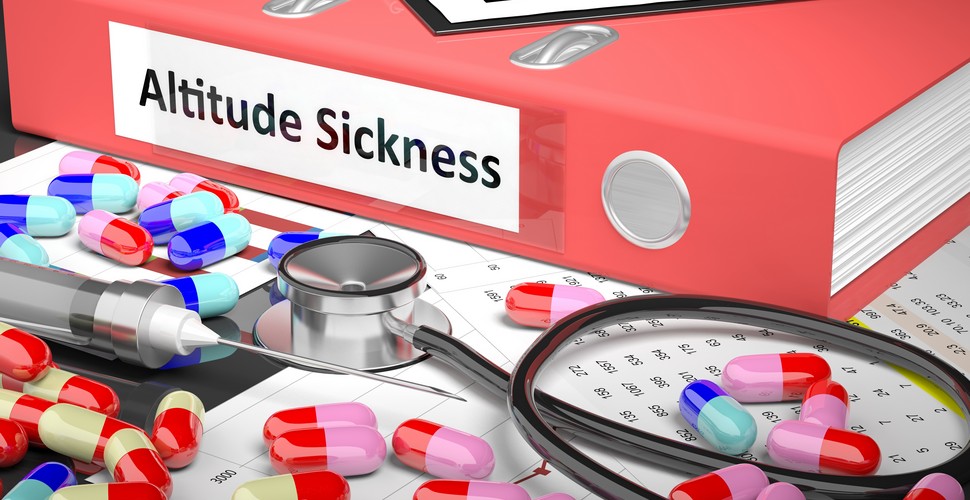

Claire Dean
Travel in South America is a joy to behold. The rich variety of destinations, experiences, landscapes and geography fascinated me so much, that I chose to relocate here, over 20 years ago! The best thing I ever did! Allow me to share my knowledge and passion for Central and South America with you and help you plan your holiday of a lifetime!

What To Do for Altitude Sickness in Peru?
Written by:Claire Dean
Last Update: 2025-02-21
Welcome to Peru! Peru is home to one of the highest-elevation mountain ranges in the world - The Andes! Cusco, the capital of the Inca Empire, is located at 3,399 meters above sea level. Today it is the base to visit Machu Picchu and take part in some of the most epic treks in the world! Inadequate acclimatization or lack of preparation for the lack of oxygen is the only thing that can prevent you from enjoying your Peru trip. Don’t lose valuable travel days suffering from the high elevation and affecting your Peru vacation. Here are some valuable tips to prevent altitude sickness before your trip to Cusco or Puno (amongst other high-elevation regions) and how to adapt to the Cusco elevation for your vacation to Peru.
Trekking at Altitude
What Is Altitude Sickness?
Let’s start by looking at what high altitude is. High altitude starts to affect our bodies from 1,500m – 2,000m (4921ft – 6561ft). Our bodies start to react differently to make up for the changes in oxygen levels. The quicker we gain elevation, the more drastic these differences will be. As you go higher the air pressure gets lower (the air gets ‘thinner’) so that for every breath there will be less oxygen for your body. Your body gradually adapts to getting less oxygen, by breathing faster and deeper and the body produces more red blood cells. This change takes time as your body will adapt to the reduction of oxygen and the reason why if you go from low to high altitude too quickly, you may feel symptoms of altitude sickness. Cusco is located at an altitude of 3,400 meters (11,200ft) and it is common for many visitors to experience some mild symptoms of altitude sickness in Cusco, or ‘soroche’ as it is known locally. It’s hard to tell if you will be affected by altitude sickness as some people can be more susceptible than others regardless of age, sex, or physical condition.
Evacuation from Machu Picchu
How will Altitude Sickness Affect my Trip?
Mild altitude sickness should not interfere too much with your normal activity on your Peru trip. Symptoms are usually felt within 12 – 24 hours of arrival and tend to subside within 3 days. If you continue to feel unwell ask your hotel to call you a doctor as more severe reactions may require medical attention. Many hotels in Cusco provide coca tea or ‘mate de coca’ to guests and they also have oxygen available to help you acclimatize.
Mate de Coca
Symptoms
How can I tell if I am suffering from altitude sickness? Common mild symptoms of altitude sickness may include:
- Headache
- Nausea
- Vomiting
- Fatigue
- Poor appetite
- Dizziness
- Disturbed sleep
- Lack of Breath
OxyShot
How to Avoid Altitude Sickness
Relax and take it easy! Take a few days at the start of your trip to acclimatize to the altitude before attempting any treks or strenuous activity. This is the best advice we can share, take it easy for the first few days and your body will thank you later.
Avoid alcohol and drugs. This includes sleeping tablets and tranquilizers as these can all make symptoms worse. Even one Pisco Sour cocktail could tip you over the edge to a raging headache and nausea which is quite unpleasant. So leave the Pisco sours until after your trek or when you are better acclimatized.
Drink lots of water. Staying hydrated before, and throughout your trip is vital to avoid unpleasant altitude sickness symptoms.
Go lower and acclimatize. Head straight to the lower altitude of the Sacred Valley or Machu Picchu. Believe it or not, Cusco is at an altitude of 3400m (11,154ft) so heading to Pisac or Urubamba at 2,900m (9,514ft) or Machu Picchu at 2,400m (7,874ft) can make a huge difference. After a few days, you can then make your way back up to Cusco and will feel a lot better. The general rule of thumb is “walk high, sleep low” so if you are over 3,000m (9,842ft) sleep at no more than 300m (984ft) altitude at the end of each day.
Drink coca tea. Nearly every hotel in Cusco and the Sacred Valley offers fresh coca tea to guests and for a good reason too! Coca tea is completely safe to drink and a cup or two each day can ease altitude symptoms. Just remember coca is a mild stimulant so don’t go over the top and drink cup loads or drink it late at night. 2 -3 cups for the first few days will be just fine.
Get an Oxishot! Oxishot is a small cylinder that contains 8 liters of oxygen that you can take when you arrive in Cusco and anytime you need a boost. It can help reduce headaches and fatigue associated with altitude sickness. They are on sale in pharmacies everywhere in Cusco and Machu Picchu and cost approximately S/.45 (Approx. US$16).
Visit your Doctor or Travel Clinic. Altitude sickness can be a very serious illness so before traveling to Cusco consult your doctor particularly if you have a heart, lung, or other severe health problem, as not all people can travel to Cusco or the Sacred Valley due to the altitude. However, do bear in mind that almost three million people from all over the world visit Cusco and Machu Picchu each year with only a small percentage suffering from altitude sickness.
An acetazolamide prescription (brand name Diamox) can be taken to help avoid symptoms of altitude sickness. Some people can experience side effects from this medication including tingling in the hands, feet, and face, so check with your doctor before use.
Diamox
The Different Altitudes in Peru
Peru is a mountainous country with a variety of altitudes. The Andes run through the backbone of the country with the coastal area on one side and the jungle area on the other. Much of the country has a certain level of elevation depending on where it is located geographically yet many regions that have archaeological and historical interest are found in The Andes at elevation. Here is a rundown of the main places and the altitude that you are likely to visit on your Peru vacation packages.
-
Cusco: 3,200 meters (10,500 ft)
-
Sacred Valley: 2,700 meters (8,850 ft)
-
Machu Picchu: 2,430 meters (7,970 ft)
-
Arequipa: 2,300 meters (7,500 ft)
-
Colca Canyon: 3,633 meters (11,800 ft)
-
Puno / Lake Titicaca: 3,830 meters (12,560 ft)
-
Huaraz: 3,052 meters (10,013 ft)
-
Cordillera Blanca: 6,768 meters (22,205 ft)
The average elevation in Peru is 1,550 meters (5,102 ft), which is behind Chile with the highest average elevation in South America. The highest altitude in Peru is 22,205 feet (6,768 meters) above sea level, at the summit of Huascarán Mountain in the Cordillera Blanca. Huascarán is Peru's highest mountain and South America's fifth-highest mountain.
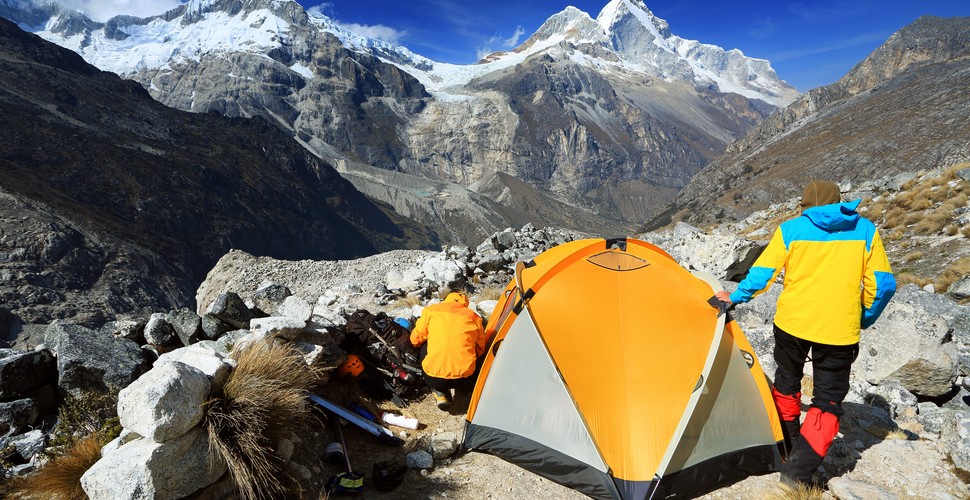
Campsite in Huascaran National Park
Please ask us here if you are worried about the altitude on your vacation and bear in mind that our itineraries are carefully designed to avoid drastic elevation changes. Please remember if you are planning a trek at a high elevation we recommend at least 2 days of acclimatization prior to the trek, and 3 days if your trek is at a particularly high elevation, such as The Ausangate Trek.
Happy and safe travels!


